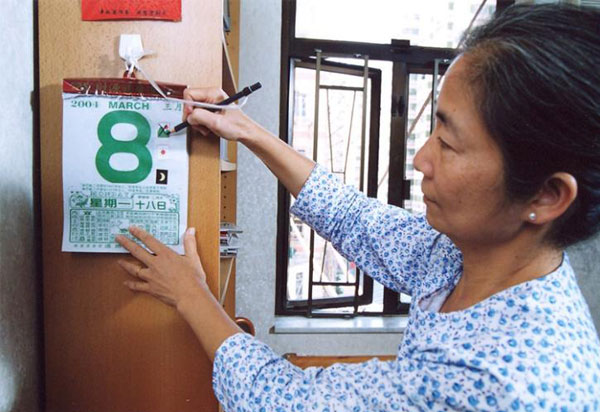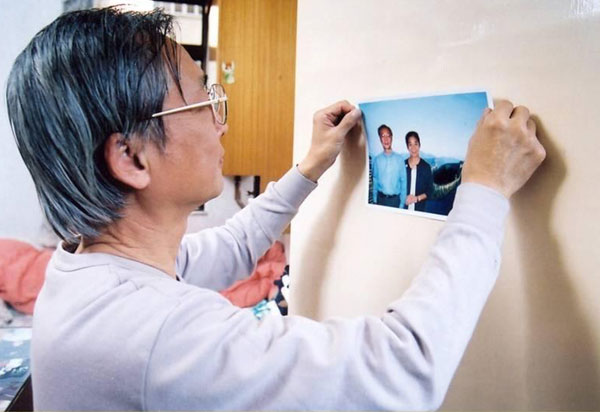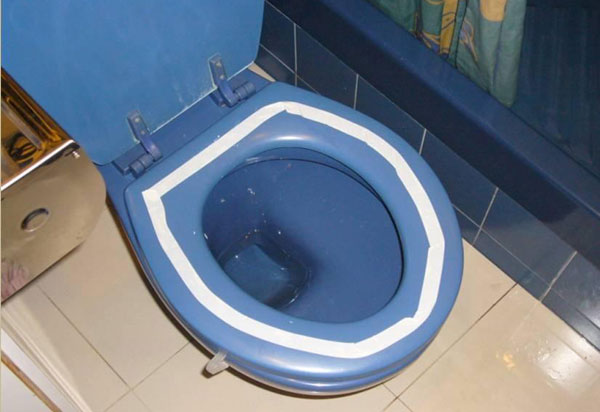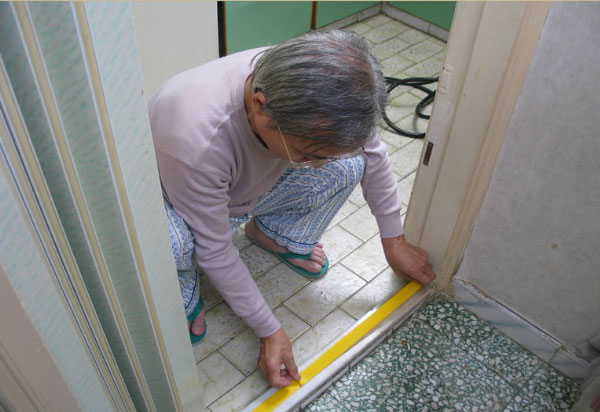Dementia - Environmental Design for Community Dwelling Elders
Gradual decline in cognitive function of the elders with dementia will affect their memory, reasoning, calculation, language and decision making. As a result, they will have difficulty in managing themselves. In order to slow down deterioration in their self-care capacity, an enabling environment, in addition to a structured life style and suitable activities, is beneficial to maintaining their self-care capacity.
A suitable environmental design can compensate for some of the cognitive impairments faced by the elders with dementia. It is recommended for caregivers to provide a familiar, safe, supportive, and stimulating environment to reduce task difficulties and maximise their residual abilities, supplemented by appropriate tips and stimulations, so as to promote their engagement in daily activities and reduce caregivers' stress. More support, encouragement, empathy and understanding from caregivers can promote wellness and dignity for the elders in their later life.
Eight Principles in Environmental Design
1. Reducing potential risks
Simple environmental improvements can significantly reduce the risk of domestic injuries. Examples include installing handrails, keeping the floor dry and using non-slip shower mat to prevent falls in the bathroom; keeping dangerous objects such as scissors, bleaching solutions and cleansing agents from their reach to prevent accidental intake; using electric or induction stoves with timer function for cooking; using water taps with sensors can reduce the risk of overflow due to forgetfulness. If the elder has a tendency to wander, the caregiver can install an alarm at the main entrance to alert family members at home.
2. Reducing environmental disturbance
Some elders with dementia may not be able to recognise their own image in the mirror resulting in agitation. The caregiver can cover the mirror with a cloth or even remove it.
Adjusting the volume of TV or radio at home so that it would not cause disturbance to the elders. The illumination at home should be soft and anti-glare. Floor waxing and tiles with too many patterns should be avoided.
3. Appropriate level of stimulation
Place easy-to-read clocks and calendars at home to enhance the orientation of place and time of the elders and maintain their connection to the outside world, so as to reduce their anxiety and confusion. Objects such as old photos, souvenirs from previous travels, etc. could be used to reminisce about the early years to solidify old memories, slow down deterioration and brighten up their lives. Festive decorations and ornaments such as lanterns in Mid-autumn festival, Christmas trees in Christmas and Fai Chuns in Lunar New Year could be placed at home to remind elders of the upcoming festivals.
Playing some soothing background music, placing and helping elders to take care of green plants could also help them relax, cultivating a sense of satisfaction and reducing nervousness.

Placing a calendar at home

Environmental props to trigger memories
Graphic cues and signage in the kitchen, washroom and bedroom could help the elders to orientate inside their home. For example, we can stick an “Underwear” label outside the drawer to remind the elders the location of underwear and stick a “Toilet” label or picture outside the toilet door. Contrasting color strip could be placed on the toilet seat to facilitate better urination control for male elders. The cues being used should be appropriate to the elders' cognitive function and education background. Overstimulation should also be avoided.


Environmental cues – color strip on toilet seat

Environmental cues – Bright colored non-slip strip
4. Creating a familiar environment
A familiar living environment for elders with dementia can cultivate a sense of security and comfort. It can help to stimulate memory and preserve residual function. Avoid changing furniture or home renovation unnecessarily.
Place daily necessities, such as clothes, socks, shoes, wallets, keys, etc. in a fixed location to facilitate elders finding them. This would also help develop the habit of returning used items to their places and thus minimising the chance of misplacement. Also, placing items according to the sequence of use can promote elders' independence in self-care. For instance, placing underwear on top of outerwear would facilitate the elder to dress himself/herself after showering.
5. Using simple appliances
Appliances and equipment at home should be easy-to-use and straightforward. Avoid those that are complicated or with too many options or switches as they would creating difficulties for the elders or even danger to them. For example: digital door locks, thermostatic taps, smart switches etc. Moreover, signage and labels should be straightforward and easy to comprehend. Using a combination of graphics, color and/or shape to reduce the chance of confusion. For instance: blue to represent cold water and red to represent hot water; fire symbol to represent inflammable.


6. Providing opportunities to be alone or with others
The home environment should respect the elder's privacy and offer space for them to be alone. If the elder doesn't have his/her own room, caregivers can use furniture or partitions to isolate a private area, cupboards and drawers should also be provided for the elder to store his/her personal belongings. On the other hand, the home environment should also facilitate the elder's interaction with family members. For instance, placing chairs which are suitable for the elder in the living room, the height of the dining table should be appropriate so that the elder can dine together with family members, etc.
7. Supporting engagement in activities
Providing a safe and encompassing environment to encourage elders to participate in activities. Simple tasks such as folding clothes, wiping the table, making the bed, etc. would not only ease the workload of caregivers but also giving elders a chance to maintain their function and enhance their sense of satisfaction.
8. Cultivating interests and hobbies
A barrier-free environment can facilitate elders to join meaningful activities. Caregivers can encourage the elders to pick up some of their previous interests and hobbies such as playing chess, musical instruments, singing, etc. or help them to cultivate new hobbies such as planting new plants at home, learning Baduanjin, etc. Also, calendars, photos, or cue cards can be used for reality orientation and cognitive training. Prolonged period of watching TV aimlessly or napping should be avoided.
Conclusion
A suitable and enabling environment could not only ensure the safety of the elders but also facilitate their interaction with others, participation in activities and develop their strengths, thus help slow down the progress of cognitive deterioration. However, elders' habit, background and preferences vary. There is no one-size-fits-all design. Hence, when designing the home environment, the above principles should be applied flexibly according to the individual's condition. Caregivers should also pay attention to the elder's emotion and fluctuation in cognitive function and suitably change the environmental design. Please consult an occupational therapist for home assessment if necessary.
References
- Dementia Enabling Environment Principles, Alzheimer's WA
- What is "Mind-Friendly Home"? Elderly Resources Centre, Hong Kong Housing Society
Related Audiovisual and Booklet Package(s):
Practical Tips for Carers - Dementia Care
Practical Tips on the Carers of Elders with Moderate to Severe Dementia - Dementia Care II
